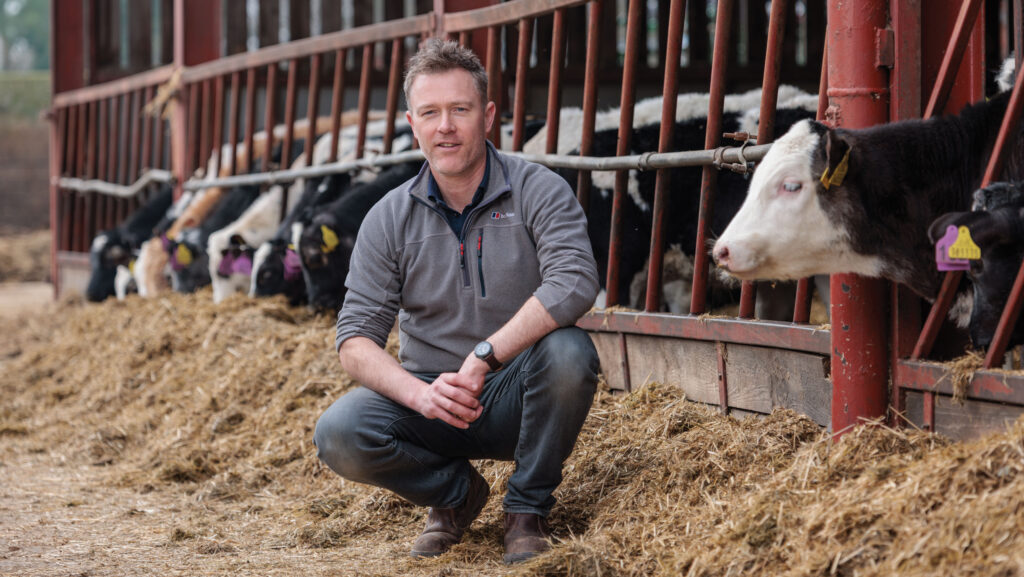Will’s World: Me, the Dee, and a man named Dylan
 © Lee Boswell Photography
© Lee Boswell Photography You might have noticed that there are some new photos of me to accompany this page, taken recently by a very nice man called Lee.
I think Farmers Weekly photographers deliberately choose the sunniest days of the year just to troll me, as once again I’m squinting like a short-sighted and ancient mole freshly emerged from the earth.
See also: 4 successful livestock collaborations to learn from
I asked one of my teenage daughters what she thought of them, and she replied with a disinterested: “Hmm, yes, you don’t look quite as fat in these ones.” Bless her heart.
But let’s put my tragic middle-aged male insecurities aside for another time, because today I want to talk about collaboration.
Off farm
Last summer, I attended the Royal Association of British Dairy Farmers (RABDF) regenerative farming event, Down to Earth, just over the border from here, near Chester.
It was a super day, and I bumped into several friends and neighbours, learned a lot, and perhaps most importantly, picked up a load of free pens and hats – which as we all know, is the primary reason for attending agricultural events in the first place.
Even better than that was a simple conversation I had on the Welsh Dee Trust stand.
It’s a small environmental charity based here in north-east Wales with the objective of restoring the brooks, streams and rivers of the Dee, from its source high in Eryri, through to where it joins the sea west of the Wirral Peninsula.
Seeing as our two farms are bisected by this mighty watercourse, I thought it would be worthwhile having a chat to see if there was anything we could do together.
I have a complicated relationship with the river. It runs so close to our house that you can hear it; on warm spring evenings you can smell the wild garlic that carpets its banks; and it brings a variety of wildlife to the farm, including kingfishers and curlews. I spent a great deal of my childhood playing alongside it, much to my mother’s worry.
Of course, when it’s in full flood, as it increasingly is these days, it’s a different story.
The damage it causes to our crops and fences, and the rubbish that it leaves behind, has to be seen to be believed, and only further chips away at the already thin margins in this job. But I suppose that’s just the way it is.
Living and working alongside it for most of my life has left an indelible mark on me, and I care about it deeply, which brings me back to that conversation.
If you don’t ask…
I enquired, without much hope, whether there was perhaps any funding available to help fence off part of the river.
The livestock tend to damage the banks, and I hoped we could help stop that happening, as well as create some habitat areas that I could put into the new sustainable farming initiative.
Imagine my surprise, then, when the answer was a resounding “yes”. A few months later the magnificently bearded Dylan came out to the farm to have a look at what I was proposing.
Over the past few weeks, the contractors have done a fantastic job in partitioning off the river and all the brooks that flow into it with permanent electric fencing, as well as putting in water pipes and troughs in all the adjacent fields.
There’s obviously a significant cost involved, and I certainly couldn’t have afforded to do it myself, so it just goes to show that very good things can happen when farmers and environmental organisations are willing to work together.

